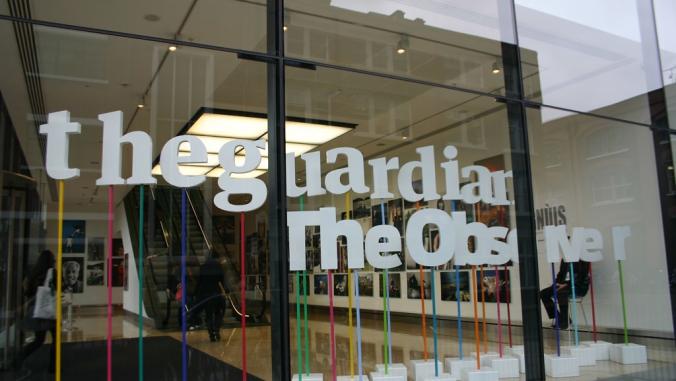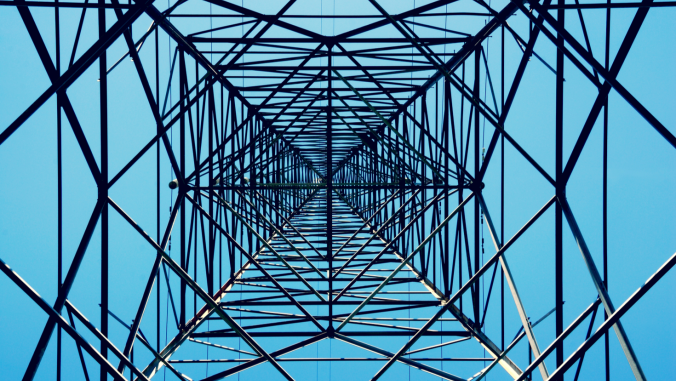5 things to know about the $329 billion clean energy boom
The annual wave of clean energy facts and figures has arrived — and the latest data suggests renewables hit a new high in 2015.

In 2015 investment in clean energy soared, jumping 4 percent on 2014 figures to hit a record-breaking $329 billion, according to new data released by Bloomberg New Energy Finance (BNEF).
This headline-grabbing figure was by no means the only good news for the renewables sector this week, as a flurry of end-of-year reports have revealed rising deployment, record-breaking generation and surging market demand.
BusinessGreen took a look at the key insights and trends from the clean energy data deluge:
1. The center of gravity for renewables is shifting; emerging markets dominate investment
Underlying the growth in renewables investment in 2015 is a massive expansion in investment from the Asia Pacific and Latin American markets, according to BNEF. Of the $329 billion headline investment figure, Europe, Middle East and North Africa (EMEA) was responsible for $72 billion, the Americas for $78 billion and Asia Pacific for a staggering $179 billion.
In fact, according to figures also released this week from Global Data, China was the primary factor in pushing global installed renewables capacity beyond 913GW in 2015. The analysis marked the country out as the leading installer of solar capacity, biopower, small hydropower and onshore wind technologies.
Emerging markets also played host to some of the largest projects financed last year, including three $850 million, 300MW offshore wind farms in China, a 1.6GW, $2.2 billion onshore wind project in Mexico and a 330MW, $921 million biomass project in Brazil, BNEF said.
2. Europe's market influence is dwindling
While renewables investment rates in Asia grow at a fast clip, the BNEF figures reveal European investment in clean energy is currently a shadow of its former self.
New European investment in clean energy reached its peak in 2010/2011, when quarterly investment often climbed above $30 billion. In contrast, during 2015 quarterly investment was well below $20 billion, and in the third quarter it dipped to $6.3 billion — its lowest level since 2005.
Giles Dickson, head of the European Wind Energy Association, has decried a growing disparity between the ambition of the EU and that of emerging and developing countries post-2020. As investment dwindles at home, Europe's turbine makers are turning to fast-growing clean energy markets such as China and India, he told Climate Home this week.
3. Renewables are proving resilient against fossil fuel price crash
This week, for the first time since 2004, the price of oil dipped below $30 per barrel. Meanwhile, U.S. coal production dipped to its lowest level since 1986 and Arch Coal, America's second-largest coal producer, filed for bankruptcy.
This is part of an ongoing trend. Throughout 2015 fossil fuel prices fell further than anyone expected — then fell again. In the past 18 months, the price of U.S. natural gas has fallen by 48 percent, the price of oil by 67 percent and the international steamed coal brought to Europe has seen its price drop 35 percent.
The price fall is hitting the energy industry hard. According to a new report released today by energy consultants Wood Mackenzie, the slump in prices have caused energy groups to shelve $380 billion of new oil and gas projects as companies go into "survival mode" to wait out the storm.
The silver lining for the fossil fuel industry was the hope that lower fossil fuel prices would crank up the competitive pressure on low carbon alternatives, stalling their march into the mainstream. But this week's data suggests that is simply not happening as renewables investment continues to grow.
In fact, it could be the case that spooked investors are wary of sinking money into ailing fossil fuel ventures, and may be starting to see renewables as a credible alternative. The Paris Agreement reached last month will offer a further boost to the long-term investment prospects of clean energy, and create an ever starker contrast for investors between the likely future of fast-growth technologies such as wind and solar compared to failing coal firms and shrinking oil and gas businesses.
4. Record-breaking generation is now routine
On the back of record investment and installation, it is perhaps not surprising that generation records are being broken on a regular basis.
For example, take the U.K. wind industry. Analysis released earlier this week by WWF Scotland revealed Scotland's wind industry smashed its output records in 2015, with December seeing an output record of 1,352,399MWh of electricity, enough to meet the electricity needs of 148 percent of Scottish households.
Meanwhile, the London Array offshore wind farm also beat its output record for December, according to new figures. The giant 175-turbine offshore array generated 369,000MWh of clean power last month.
The latest figures come hot on the heels of performance data released last week from National Grid, which showed that 2015 was a record-breaking year for the entire U.K. wind industry, with the end of year seeing a slew of records broken for quarterly, monthly and weekly generation.
As deployment continues to grow, expect a regular feed of record-breaking generation figures to emerge from countries around the world.
5. Despite the good news, climate risk still looms large
The buoyant market growth for global renewables needs to be considered in light of the growing threat posed to the global economy by escalating environmental risks, which today topped the influential World Economic Forum Global Risks report for the first time since its launch in 2006.
The failure of climate change mitigation and adaption — measures that include a global switch to clean energy — was presented as the top risk for the next decade and ranked as the most impactful risk for years to come, according to the WEF panel of academics, business leaders and civil society experts.
The risk from energy price shocks also emerged as a key concern for business leaders around the world — a fear which underlines business' desire for a smooth transition to a low-carbon economy.
Against this backdrop of growing concern over the impact of climate change on the world economy, the need to maintain the momentum for the rollout of renewables never has been greater.
For clean energy developers, installers, investors and policy makers, this means delivering more cash for new projects, more research into next-generation technology, and even greater efforts to deliver meaningful cost reductions. After all, there are a lot more records to break before green energy will have delivered the low carbon global economy that climate change demands.
This story first appeared on:





